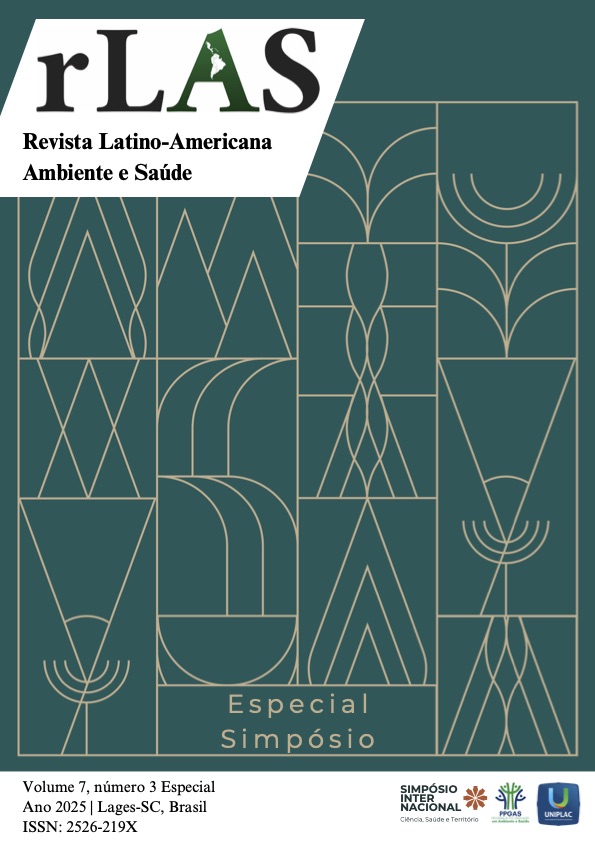Reduction of nitrogen use in tobacco cultivation through the application of application
Keywords:
inoculation, microorganisms, Nicotiana tabacumAbstract
The excessive use of chemical fertilizers, although effective for high productivity, can compromise soil health and generate negative environmental impacts. In this context, biological alternatives have gained prominence for combining productivity and sustainability. This study evaluated the effects of inoculation with Azospirillum brasilense on the development of tobacco (Nicotiana tabacum), associated with different doses of nitrogen fertilization. The experiment was conducted in the field in the municipality of Petrolândia-SC, with four treatments: 100% of the recommended fertilization, with and without inoculant, and 75% of the recommended fertilization, with and without inoculant. The variables analyzed were fresh and dry leaf mass, obtained in three harvests according to the plant maturation. The data were subjected to analysis of variance (ANOVA) and the Scott-Knott Test (P≤0.1) for mean comparison. The results showed that plants subjected to the treatment with 75% of the nitrogen dose + inoculation (T4) presented a 13% increase in fresh mass and a 20% increase in dry mass in the first harvest, compared to the conventional treatment with 100% fertilization without inoculant (T1). The subsequent harvests showed no significant differences between treatments. These data suggest that inoculation with A. brasilense may contribute to reducing the dependency on nitrogen fertilizers while maintaining productive performance. Although the effects were more evident in the first harvest, the results indicate the potential of inoculation as a complementary practice in tobacco's nutritional management.
References
AFUBRA. Fumicultura mundial. Associação de Fumicultores do Brasil. Santa Cruz do Sul- RS, abril de 2025.
ALVARES, C. A. et al. Köppen’s climate classification map for Brazil. Meteorologische Zeitschrift, v. 22, n. 6, p.711-728, 2013.
EMBRAPA. Empresa Brasileira de Pesquisa Agropecuária. Solos do Estado de Santa Catarina. n.46, p. 436. Rio de Janeiro, 2004.
HUNGRIA, M. Inoculação com Azospirillum brasilense: inovação em rendimento a baixo custo. Embrapa Soja, Londrina-PR, Janeiro de 2011.
HUNGRIA, M. et al. Nitrogen nutrition of soybean in Brazil: Contributions of biological N2 fixation and N fertilizer to grain yield. Canadian Journal of Plant Science, v.86, p.927–939, 2006.
KIM, J. S. et al. Physiological and proteomic analysis of plant growth enhancement by the rhizobacteria Bacillus sp. JS. Genes & genomics, v. 40, p. 129-136, 2018.
SUBHASHINI, D. V. et al. Bio-nutrition for improving the vigour of FCV tobacco (Nicotiana tabacum) seedlings. The Indian Journal of Agricultural Sciences, v. 86, n. 3, p. 379-84, 2016a.
SUBHASHINI, D. V. et al. Development of bioconsortia for optimizing nutrient supplementation through microbes for sustainable tobacco production. International Journal of Plant Production, v. 10, p. 479-490, 2016b.


